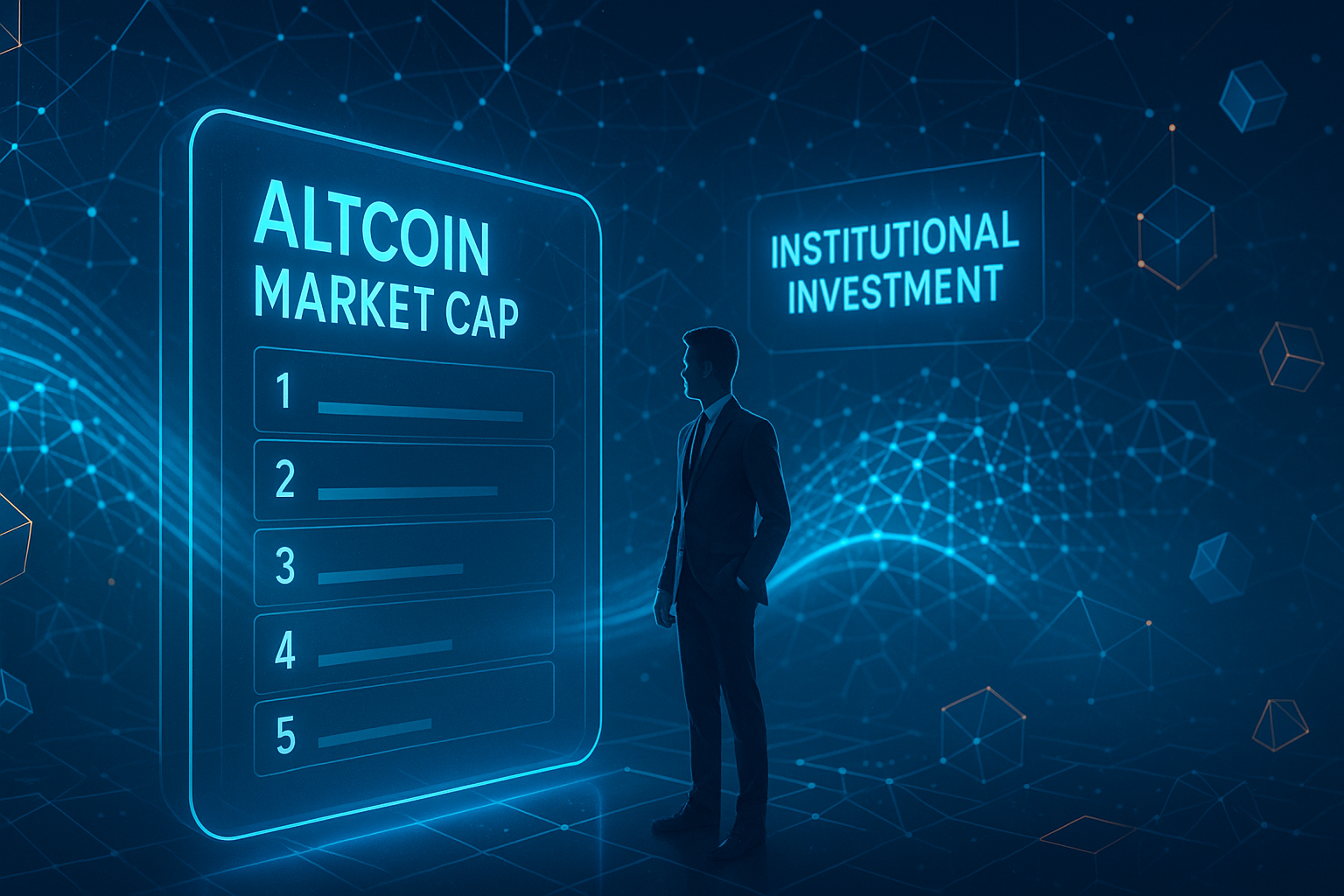The altcoin market has evolved significantly in recent years, presenting an ever-changing landscape for institutional investors and professional traders. As of October 2023, the total market capitalization of altcoins hovers around $350 billion, representing a substantial segment of the overall cryptocurrency market, which eclipses $1.2 trillion. Understanding the dynamics of altcoin market cap rankings is crucial for strategic investment decisions, particularly in an environment characterized by swift technological advancement and shifting regulatory landscapes.
Given the inherent volatility and diverse technological underpinnings of altcoins, investors must adopt a nuanced approach to market analysis. This article decodes the implications of altcoin market cap rankings, exploring the interrelated factors of institutional adoption, technological advancements, risk assessment, and future projections to provide a comprehensive framework for informed investment strategies.
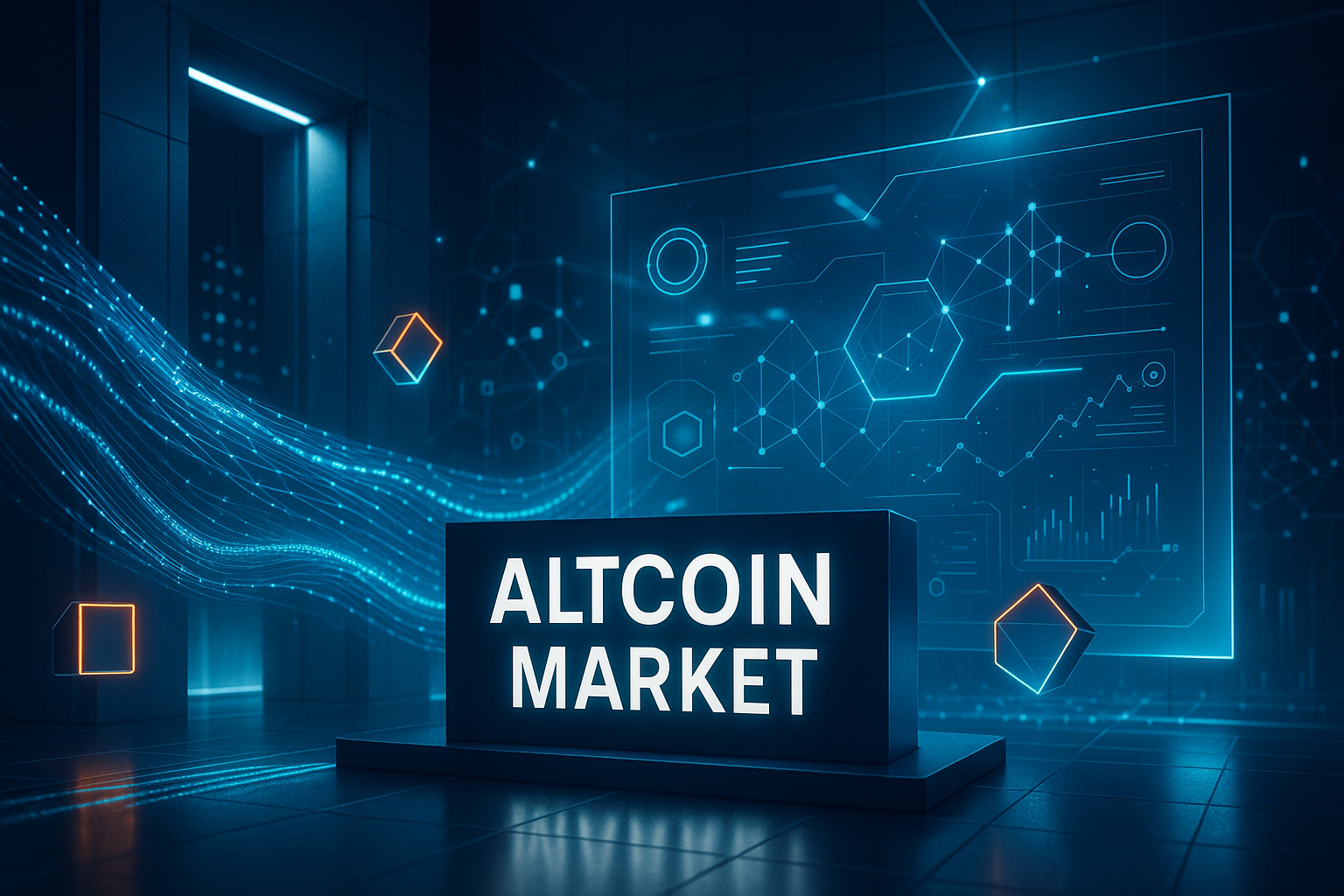
Market Cap Rankings Overview
Market capitalization is a critical metric in evaluating cryptocurrencies. It is calculated by multiplying the current price of a coin by its circulating supply. In the altcoin realm, key players include Ethereum (ETH), which boasts a market cap of approximately $220 billion and continues to hold the second-largest position after Bitcoin, followed by Cardano (ADA) at around $12 billion and Solana (SOL) at approximately $9 billion.

Recent shifts in market cap dynamics can be attributed to various factors. For instance, Ethereum's transition to a proof-of-stake (PoS) model, implemented in September 2022, has enhanced its energy efficiency and scalability, allowing the network to process over 30 transactions per second (TPS). This upgrade attracted significant institutional interest, evidenced by an uptick in institutional staking services that allow participation in the ETH staking ecosystem.
Market volatility has also been impacted by macroeconomic conditions, including interest rate changes and inflation data that influence risk tolerance among institutional investors. For example, following the Federal Reserve's decision to maintain a dovish monetary policy stance in August 2023, altcoins, particularly those within the DeFi sector, experienced a surge, with ETH climbing to $1,850, representing a 30% increase over the month.
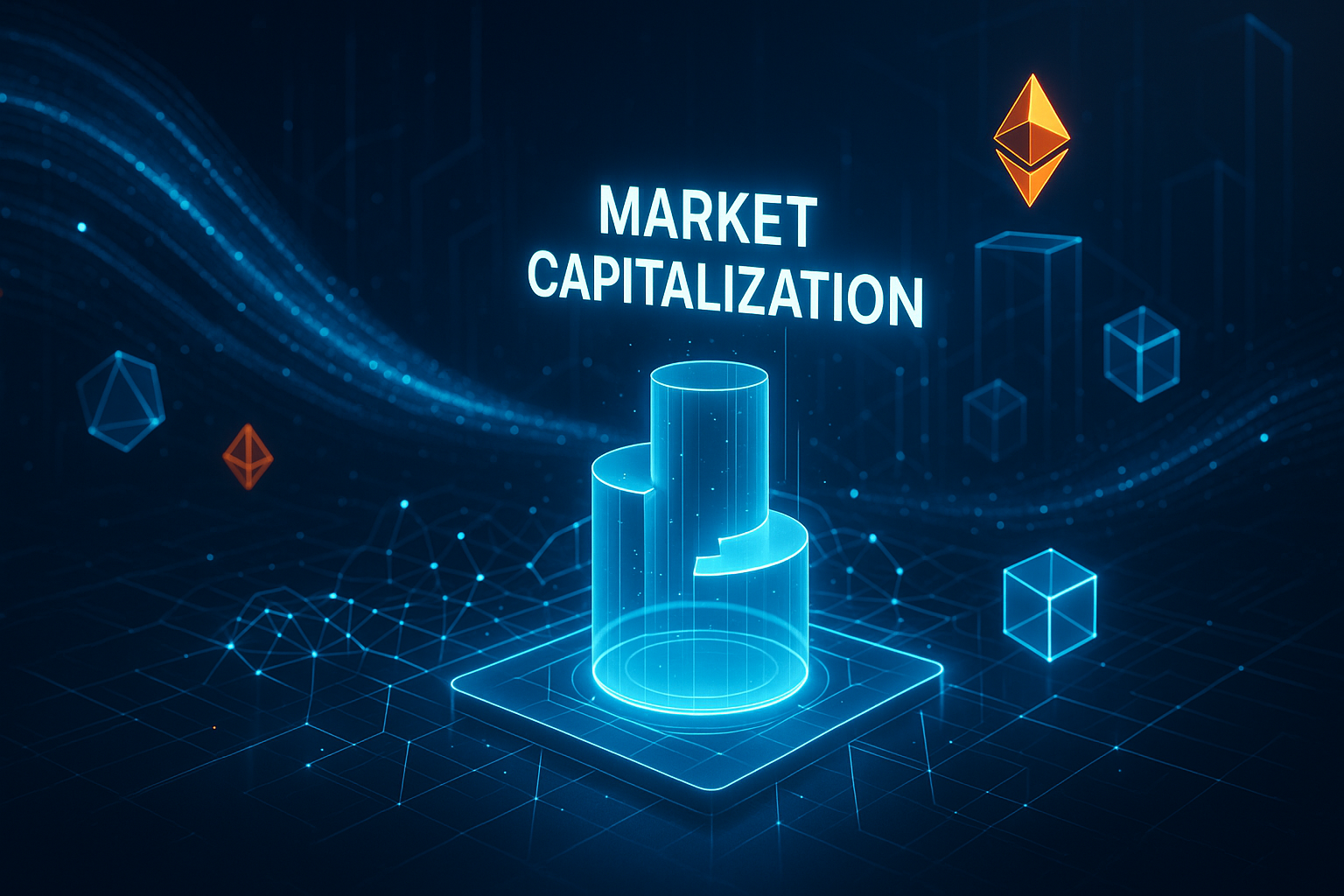
Market Analysis and Technical Insights
Analyzing the current price trends of leading altcoins requires a keen understanding of technical indicators. As of October 2023, Ethereum is trading at $1,850, showing strong support near the $1,750 level, while also facing resistance around $2,000. Moving averages play a significant role in identifying market trends; the 50-day moving average recently crossed above the 200-day moving average, forming a bullish "golden cross." This signals positive momentum that could lead to further gains.
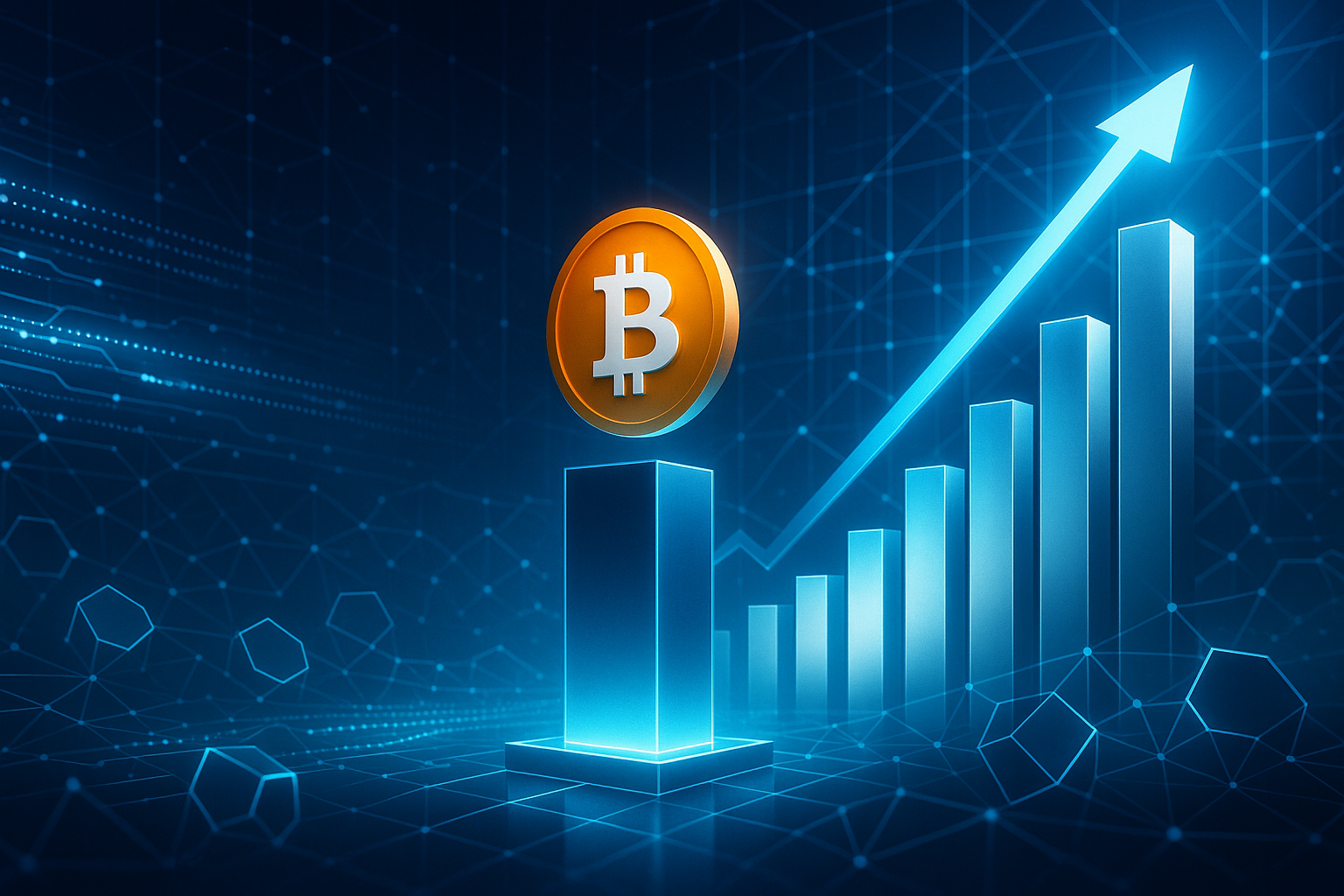
In terms of market activity, SOL has made headlines with a revival in trading volumes, spiking to over $1.6 billion in 24-hour trading volume—a 50% increase from its monthly average. This trend indicates rising investor interest and could serve as a strong entry signal for institutional investors.
As for Cardano, its performance has been more subdued, with recent price levels stagnating around $0.30, despite innovations such as the implementation of smart contracts. Its current RSI hovers around 45, suggesting there is still room for upward momentum, particularly if decentralized applications (dApps) built on its platform gain traction.
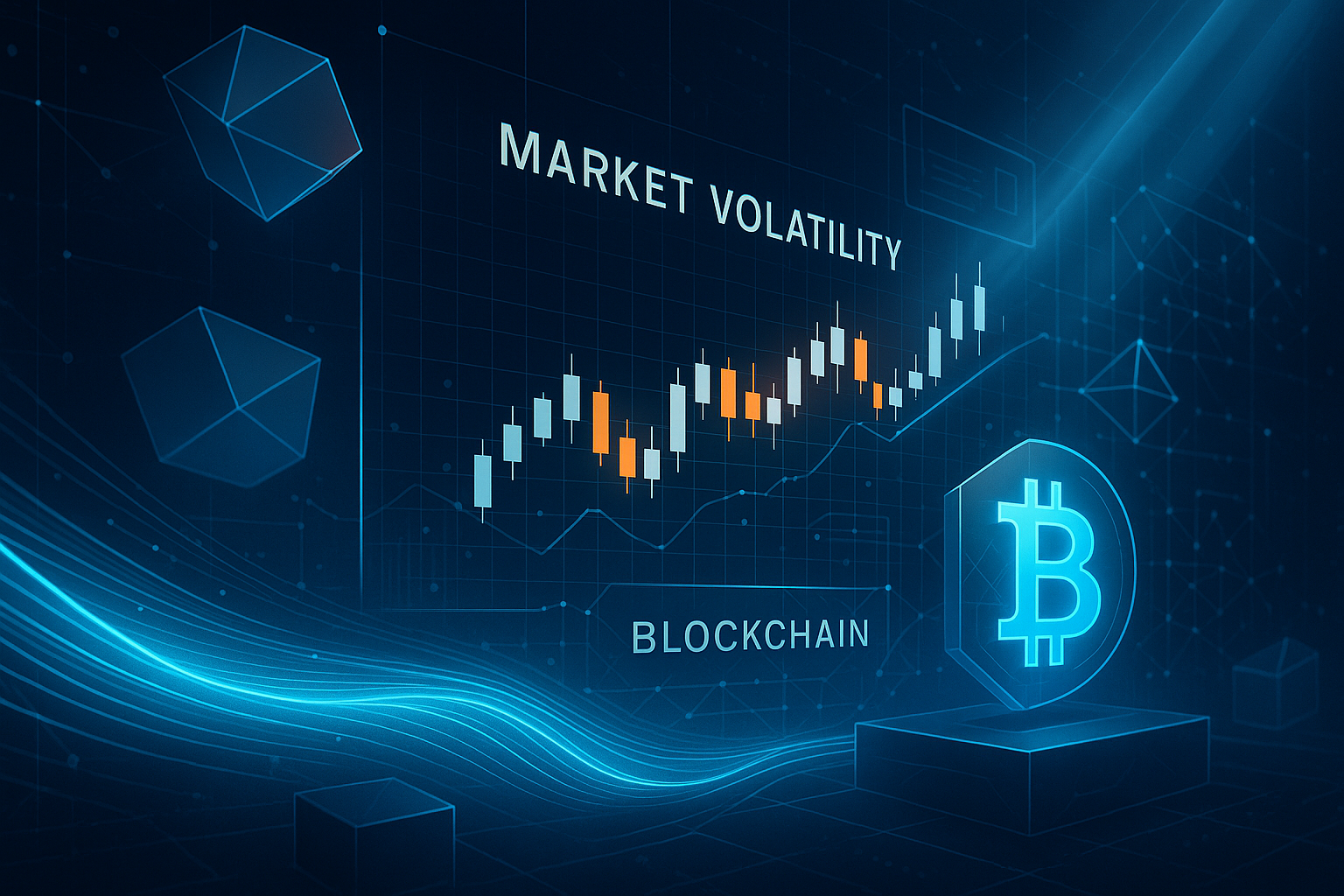
Institutional Adoption and Investment Flows
The recent influx of institutional capital into altcoins has accelerated dramatically. A noteworthy example is the decision by several corporate treasuries to diversify their holdings, with notable firms like Tesla and MicroStrategy expanding their digital asset portfolios to include ETH and ADA alongside Bitcoin. According to data from the Institutional Crypto Adoption study by Fidelity, 80% of institutional investors are considering altcoins over traditional assets, viewing them as viable alternatives for growth-oriented strategies.

Regulatory developments significantly shape the landscape for institutional investment. The recent SEC decisions regarding the classification of cryptocurrencies have fostered a sense of clarity in the market. Institutional-grade custody solutions, such as those provided by Anchorage Digital and BitGo, have further improved the overall accessibility and security of altcoin investments. The establishment of regulated exchange-traded funds (ETFs) focusing on altcoins is also expected to bolster market sentiment, leading to increased capital inflows.
Technology Infrastructure and Development
Technological advancements play an essential role in driving altcoin valuations. Layer-2 scaling solutions, prominent within the ecosystems of Ethereum and Solana, have provided remarkable enhancements in transaction efficiency and cost-effectiveness. For instance, Layer-2 solutions like Arbitrum have increased Ethereum's TPS significantly while lowering gas fees to under $0.10, thereby enhancing user experience and adoption rates.
DeFi innovations continue to disrupt traditional finance and gain prominence. Applications like Aave and Uniswap have demonstrated robust growth, leading to increased liquidity and user engagement. Moreover, interoperability protocols such as Polkadot and Cosmos are fostering connectivity among networks, further enhancing the overall ecosystem and facilitating capital flows across cryptocurrencies. These developments signal not just technology maturation but also inspire investor confidence and bolster market cap performance.
Active development communities are pivotal to the success of altcoins. Ethereum's developer community remains unparalleled, with over 4,000 developers actively contributing to its ecosystem monthly. In contrast, despite promising technological features, Cardano’s slower rollout of dApps has led to investor concerns, which are reflected in its stagnant market performance.
Risk Assessment and Market Dynamics
Investing in altcoins is not without its risks. Liquidity risks often arise in thinner markets, hampering institutional transactions and potentially resulting in price slippage. Regulatory uncertainties loom large, especially in jurisdictions introducing stricter oversight of cryptocurrencies. Additionally, the volatility inherent within altcoin markets can yield sharp price swings, as demonstrated during the dramatic sell-offs observed in early 2023 following negative news cycles.
Market dynamics shaped by herd behavior and speculative trading can significantly influence price fluctuations. As evidenced by last year’s rally and subsequent crash, many altcoins experienced exaggerated price movements driven by social media narratives, reflecting the psychological factors at play. Seasoned institutional investors must remain vigilant to these dynamics and incorporate them into their risk management practices.
Key Performance Indicators (KPIs) for Altcoins
Tracking altcoin performance can be enhanced by focusing on specific key performance indicators (KPIs). Important metrics include transaction throughput, user adoption rates, and developer activity. For example, evaluating SOL's success post-2023 can directly correlate with its transaction throughput of over 2,000 TPS and application growth within its DeFi sector, suggesting strong user engagement and potential for price appreciation.
Conversely, Cardano serves as a cautionary tale; despite touted technological advancements, its stagnation in user adoption is reflected in its lackluster price performance. Institutional investors can glean valuable insights from such case studies, enabling them to make informed decisions regarding their altcoin portfolios.
Future Outlook and Strategic Implications
Looking ahead, macroeconomic trends, ongoing regulatory developments, and technological advancements will profoundly shape the altcoin landscape in 2024 and beyond. With institutional interest in cryptocurrencies expected to grow, the altcoin market, particularly those displaying strong fundamentals and technological innovation, stands to benefit.
Strategically, portfolio construction should consider diversification between traditional cryptocurrencies and altcoins. Allocating a portion of the investment portfolio toward altcoins may provide growth opportunities while balancing risk. Meanwhile, employing robust risk management practices, including regular rebalancing and close monitoring of market indicators, will be essential in navigating this rapidly evolving segment.
Market Sentiment and Behavioral Economics
Market sentiment plays a substantial role in altcoin investments. Investors frequently rely on social media narratives and influencer endorsements, driving demand and price movements. The analyst community tends to see volatility fueled by this psychological landscape, with trends fluctuating in reaction to broader economic conditions and media coverage.
Recent metrics indicate a shift in sentiment following increased regulatory clarity and institutional interest in altcoins. The Fear and Greed Index indicated an increase in "greed" sentiment among investors, coinciding with the recent price rallies across numerous altcoins. This shift in sentiment could serve as a significant factor informing short-term trading strategies for institutional investors.
In summary, the altcoin market offers a complex yet promising landscape for institutional investors committed to understanding its intricacies. Market cap rankings serve as a fundamental tool for gauging potential opportunities, but they must be coupled with diligent analysis of technological advancements, risk assessments, and broader market dynamics. As we look ahead, staying attuned to ongoing developments and shifts in investor sentiment will be critical for capitalizing on altcoin movements. Strategic adaptation and proactive portfolio management will be essential for navigating this rapidly evolving segment of the cryptocurrency market.
